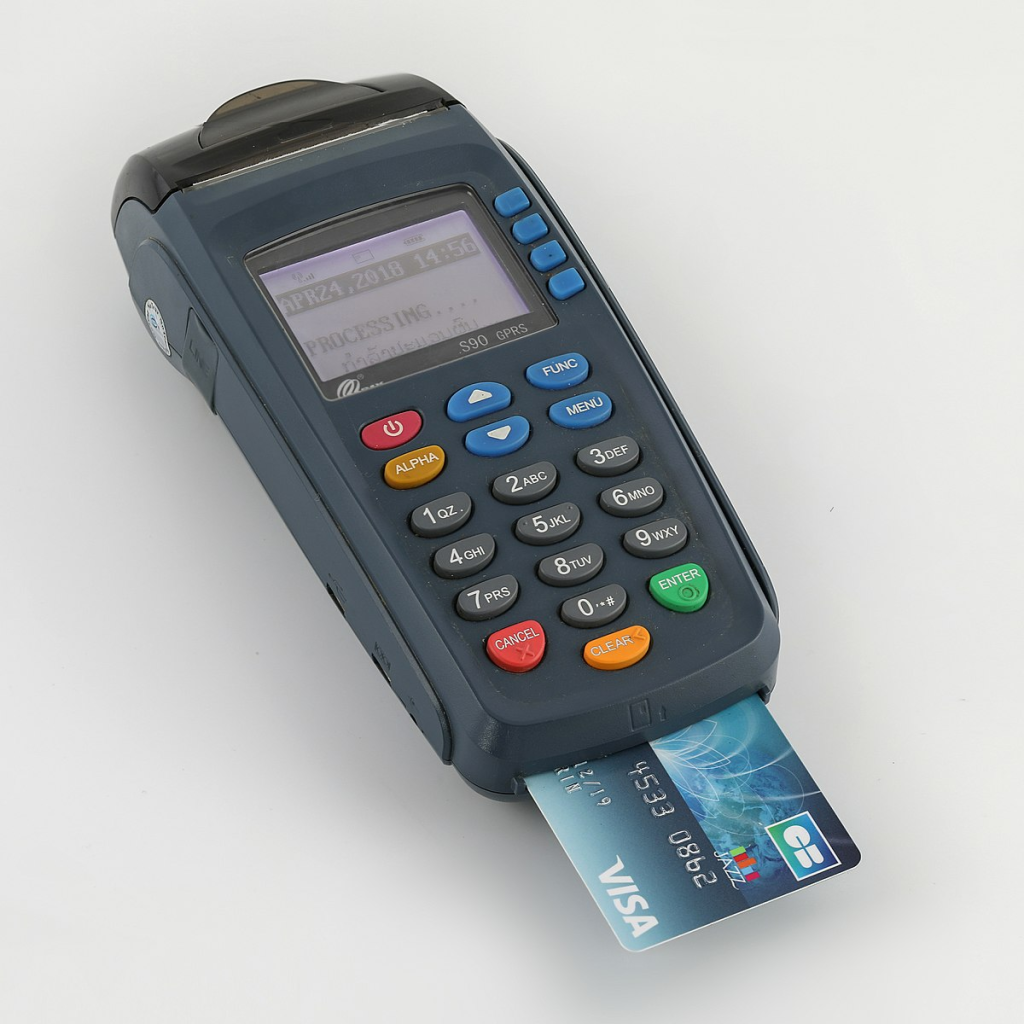Offering charge card products involves navigating the dynamic landscape of financial technology, understanding the changing wants of companies, and providing answers that enhance effectiveness and client experience. As a seller, it’s important to put bank card devices not only as exchange tools but as integrated the different parts of a modern, structured organization operation.
One of the key major items in selling charge card devices is highlighting the huge benefits they provide to businesses. These devices allow protected and convenient transactions, helpful many different payment practices from old-fashioned card swipes to contactless payments and processor inserts. Focusing the pace and stability of these transactions is crucial, particularly in a world wherever clients assume smooth and rapid cost processes.
Along with transactional performance, vendors should underscore the safety functions stuck in contemporary bank card machines. With increasing considerations about data breaches and scam, organizations are keen on adopting answers that prioritize the safety of financial transactions. Bank card machines equipped with security technology and compliance with market requirements provide a protected environment for both businesses and their customers.
Knowledge the diverse wants of businesses is paramount in selling credit card machines. Various industries may possibly involve particular characteristics, such as for example catalog administration integration, hint handling for restaurants, or recurring billing for subscription services. Customizing alternatives on the basis of the distinctive needs of each client fosters confidence and assures that the bank card device aligns seamlessly with their functional processes.
Furthermore, sellers need to remain informed about the most recent improvements in bank card equipment technology. This includes consciousness of emerging developments such as for instance portable payment possibilities, electronic wallets, and the integration of synthetic intelligence in payment systems. Demonstrating a comprehensive understanding of the ever-evolving fintech landscape instills self-confidence in customers, ensuring them that the alternatives provided have reached the front of market innovation.
Creating solid associations with clients is a built-in facet of effective bank card equipment sales. This involves not only knowledge their quick wants but additionally expecting potential requirements as their companies grow. Establishing constant transmission stations and giving open customer support donate to an optimistic and enduring partnership.
Educating clients concerning the cost-effectiveness of credit card machines is yet another crucial part of the selling process. While there might be an original expense, focusing the long-term savings from reduced cash handling, minimized individual problems, and improved purchase quantities may sway companies toward realizing the worth of these devices as proper assets as opposed to mere expenses.
Lastly, suppliers must look into offering detailed instruction and onboarding support to clients adopting charge card products for initially or changing to improved systems. That guarantees a smooth integration method, diminishes disruptions to everyday operations, and how to sell credit card machines the advantages of the brand new technology. Giving ongoing training possibilities also jobs suppliers as useful partners committed to the success of these clients.

In conclusion, offering credit card devices needs a multi-faceted method that includes technical knowledge, a strong comprehension of customer wants, and powerful communication skills. By positioning credit card products as major tools that improve security, performance, and customer satisfaction, sellers donate to the modernization and accomplishment of companies across different industries.
